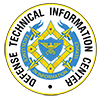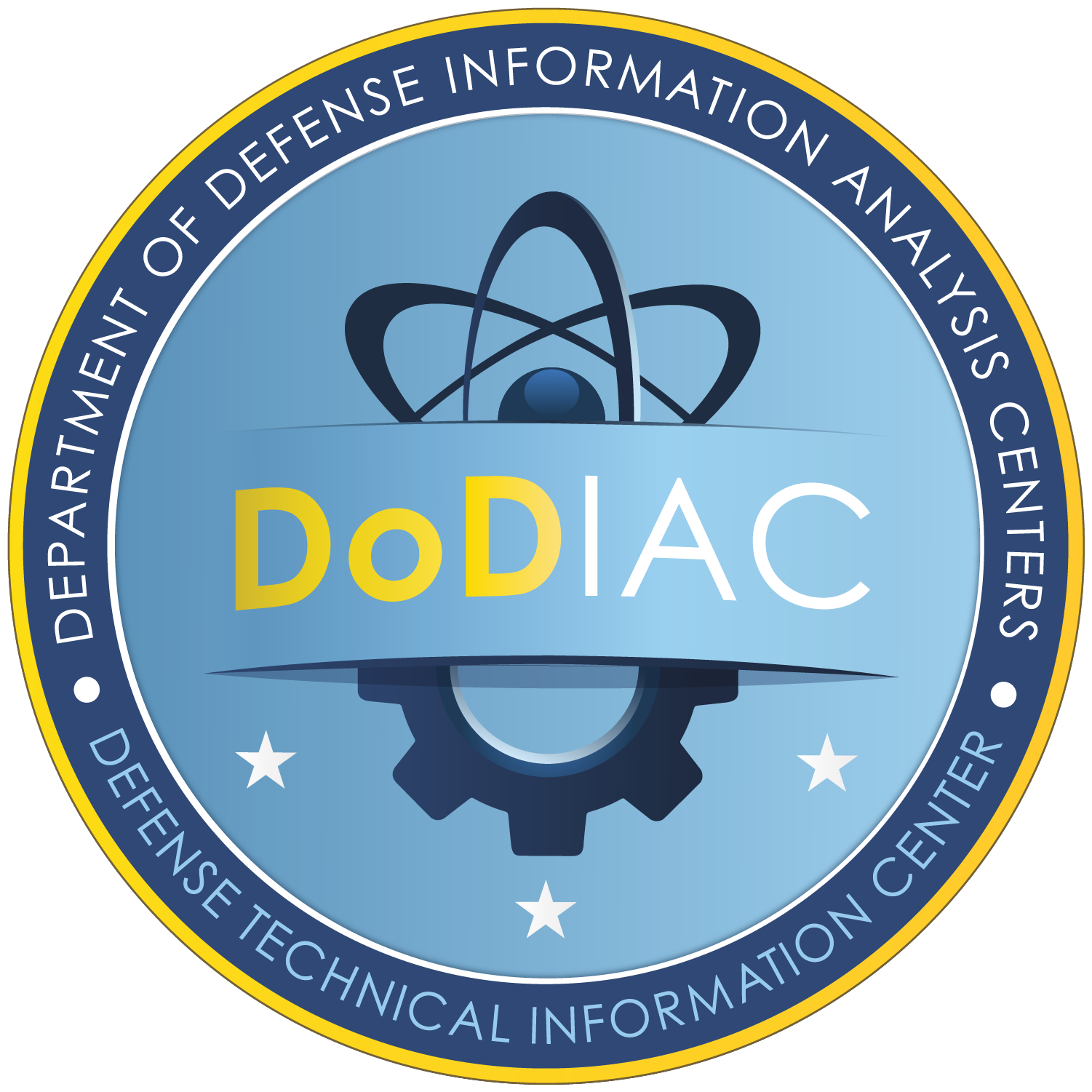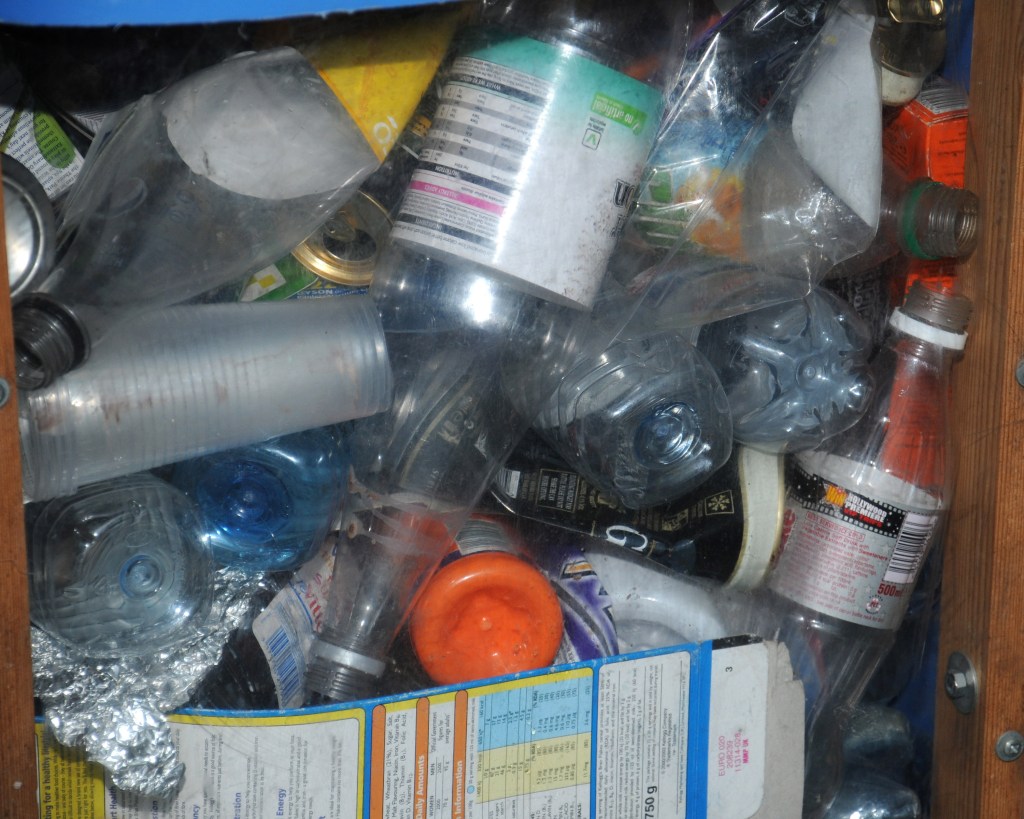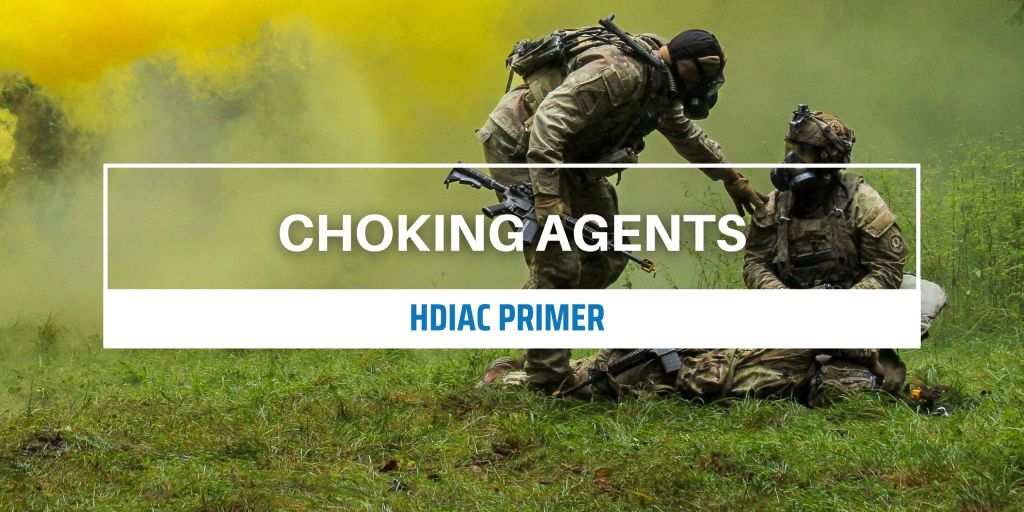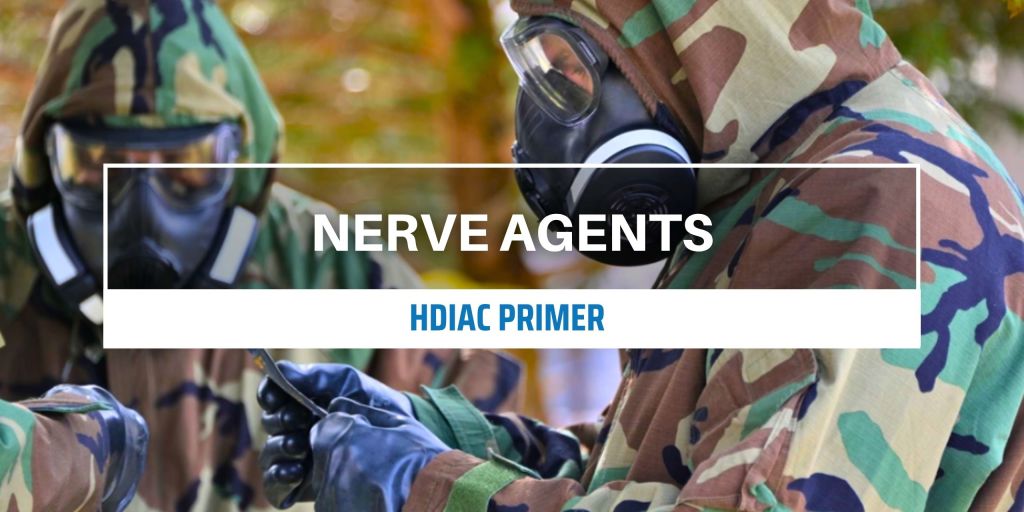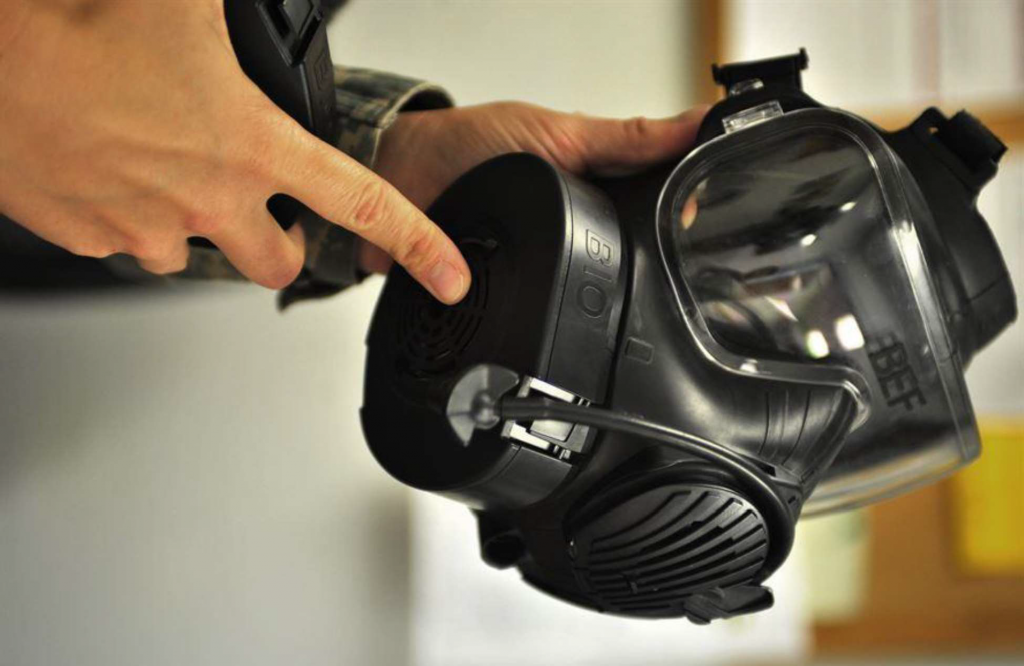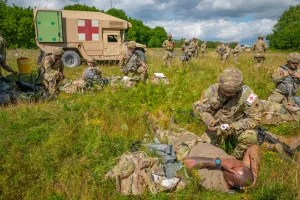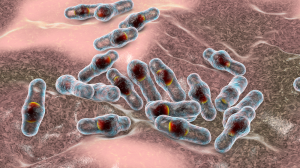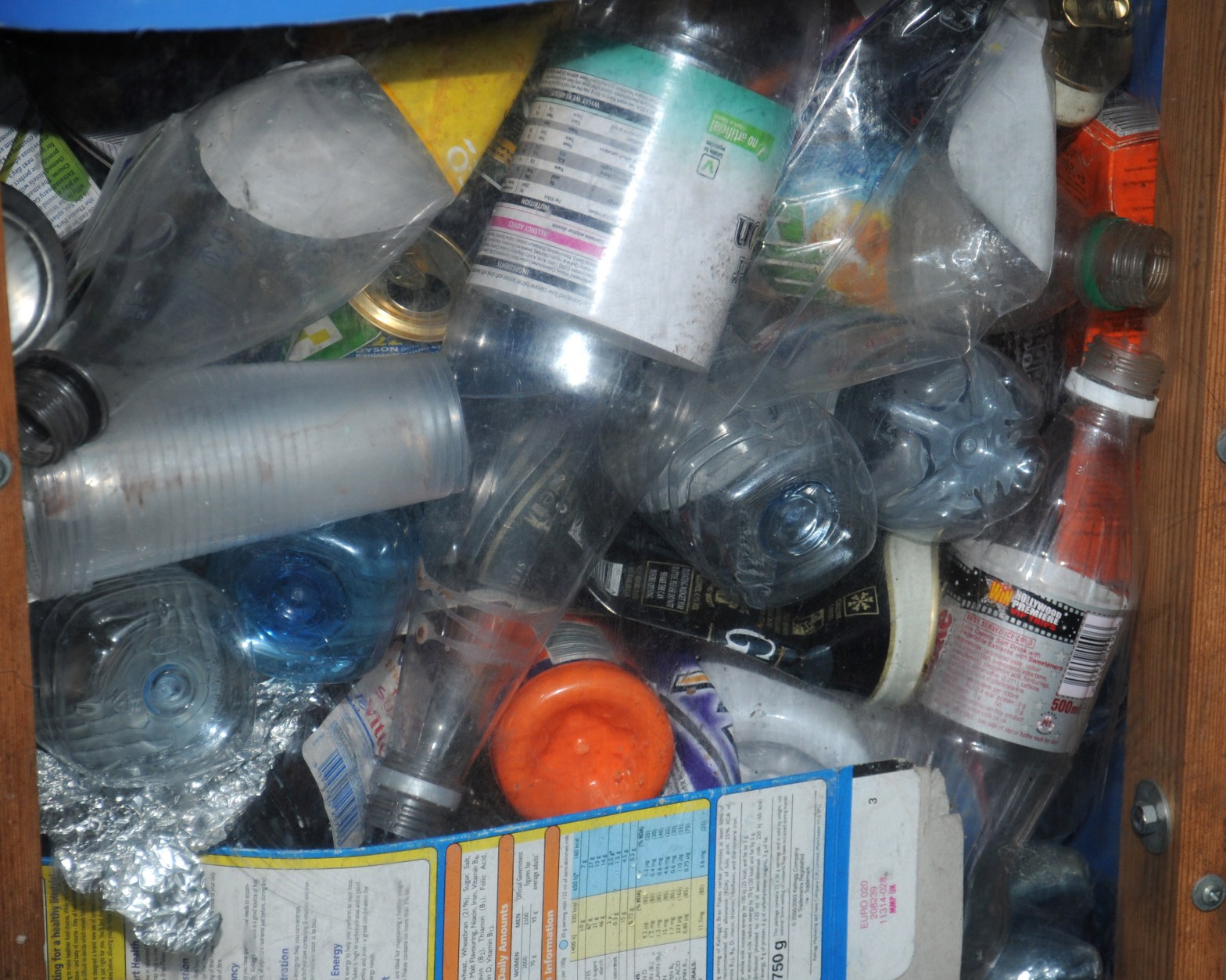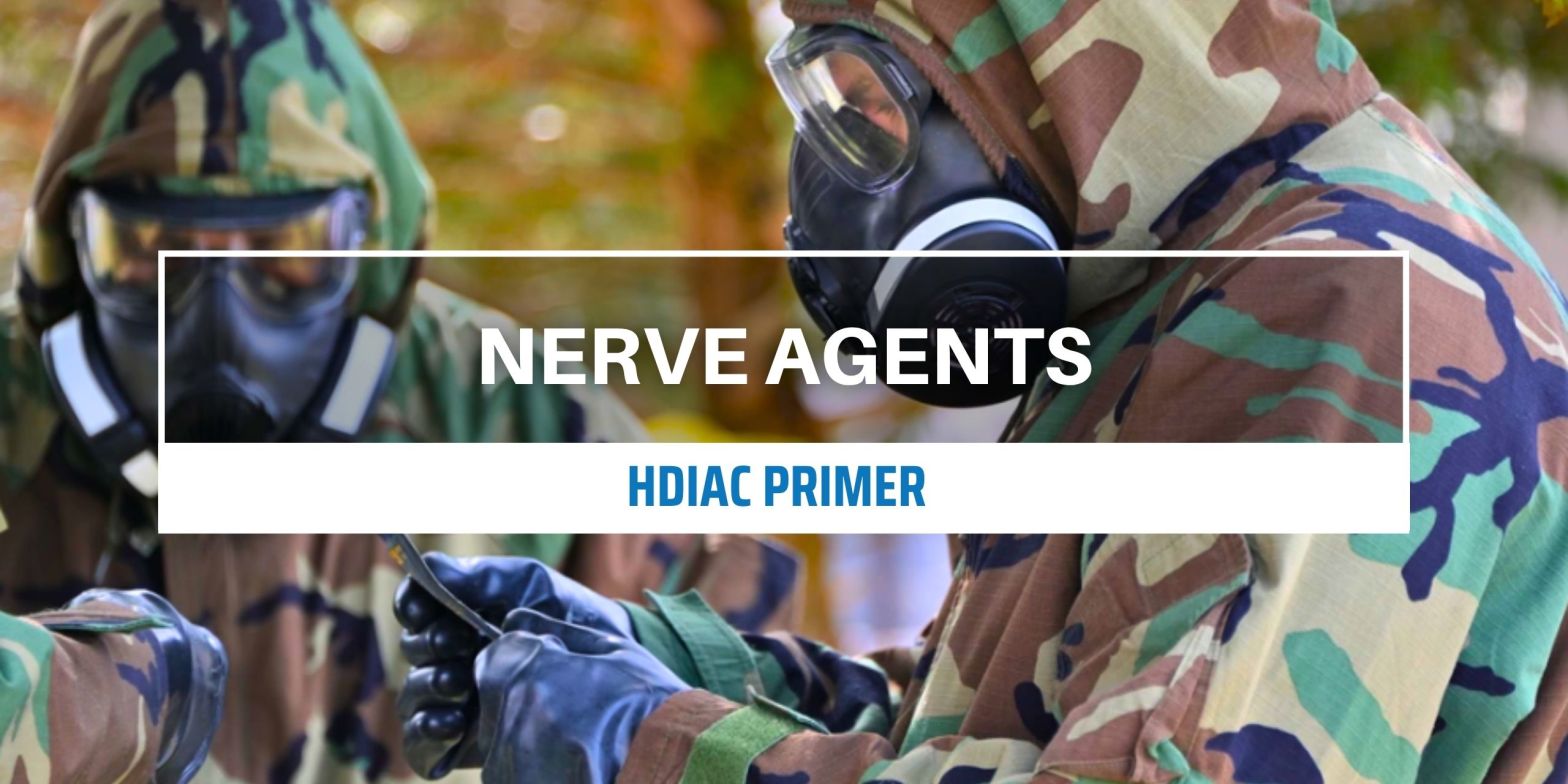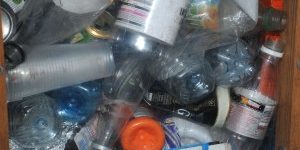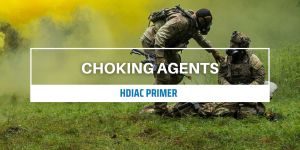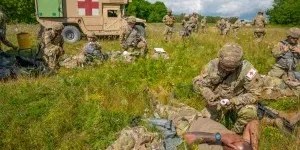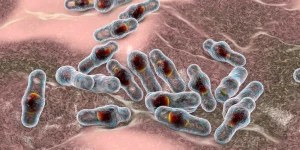HDIAC collects and publishes articles related to our technical focus areas on the web to share with the DoD community.

FEATURED ARTICLE
What is the role of cutinases or esterase activity on biodegradation of man-made structures?
The biodegradation of synthetic polymers is a key element for achieving a circular economy with high material reuse and environmentally friendly waste products. Laccase enzymes, which play a key role in lignin degradation, have been shown to degrade high-molecular-weight polyethylene (PE) and nylon-66 membranes using a laccase-mediator system. Additionally, esterases and cutinases are known to…
What are choking agents?
There are three main kinds of choking agents: (1) ammonia, (2) chlorine gas, and (3) phosgene. Symptoms vary by agent type, severity, dosage, and exposure route (inhalation, ingestion, skin, and eyes) [2]. General symptoms applicable to all choking agents include, but are not limited to, irritation of the airway; difficulty breathing; accumulation of fluid in…
What are blister agents?
There are three main types of blister agents: (1) sulfur mustard, (2) mustard-lewisite mixture, and (3) lewisite. The onset and severity of symptoms for each blister agent are dose- and route-dependent (inhalation, ingestion, skin, or eyes). General symptoms of blister agents include tissue damage, cell death, DNA damage, shortness of breath, severe cough, lung damage,…
What are nerve agents?
Nerve agents listed as Schedule 1 agents by the Chemical Weapons Convention include (1) tabun (GA), (2) sarin (GB), (3) soman (GD), (4) VX, and (5) cyclosarin [2]. Each has its own distinct physical properties but produces similar symptoms. Constriction of pupils (miosis), clouded vision, runny nose, tight chest, shortness of breath, headache, salivation, muscle…
What information is available for M61 filter breakthrough times?
The M61 filter canister is fielded to the U.S. military for use with the M50 joint service general purpose mask. The filter canister is designed to receive incremental upgrades as new materials and designs are developed. Since their fielding in the late 2000s, various tests have been conducted to measure the breakthrough time of the…
What information is available regarding resources and training for medics to perform in austere environments and conduct prolonged care?
The Homeland Defense & Security Information Analysis Center (HDIAC) was asked to provide resources and trainings available for medics to perform in austere environments and conduct prolonged care. Military medical professionals must often provide prolonged care in austere environments that have a lack of resources and pose logistical challenges and potential dangers. Therefore, it is…
What are the key emerging and reemerging infectious diseases in west and central Africa?
The United States has had a growing interest in Africa for nearly 30 years, as evidenced by an increase in military and humanitarian activities there, not overlooking the 2007 creation of the U.S. Africa Command. Apart from insurgencies, terrorism, and political upheaval, infectious disease is a major challenge to operations in Africa, especially in the…
The 2nd Annual Research and Development (R&D) Workshop “Protecting the Software and Hardware Supply Chain: Demonstrating Improvement Over Time”
The Department of Homeland Security Science and Technology (DHS S&T) cyber community of interest (COI) and the Networking and Information Technology Research and Development (NITRD) Cyber Security and Information Assurance Interagency Working Group (CSIA IWG) are excited to once again co-host the workshop on protecting the software and hardware supply chain. This year’s focus is…
Featured Notable Technical Inquiry
The biodegradation of synthetic polymers is a key element for achieving a circular economy with high material reuse and environmentally friendly waste products. Laccase enzymes, which play a key role in lignin degradation, have been shown to degrade high-molecular-weight polyethylene (PE) and nylon-66 membranes using a laccase-mediator system. Additionally, esterases and cutinases are known to depolymerize polyester-based plastics such as polyethylene terephthalate (known as PET)…
Learn MoreThere are three main kinds of choking agents: (1) ammonia, (2) chlorine gas, and (3) phosgene. Symptoms vary by agent type, severity, dosage, and exposure route (inhalation, ingestion, skin, and eyes) [2]. General symptoms applicable to all choking agents include, but are not limited to, irritation of the airway; difficulty breathing; accumulation of fluid in the lungs (pulmonary edema); nausea; vomiting; severe secretions from the…
Learn MoreThere are three main types of blister agents: (1) sulfur mustard, (2) mustard-lewisite mixture, and (3) lewisite. The onset and severity of symptoms for each blister agent are dose- and route-dependent (inhalation, ingestion, skin, or eyes). General symptoms of blister agents include tissue damage, cell death, DNA damage, shortness of breath, severe cough, lung damage, stinging and burning of the eyes, sinus pain, nose bleeds,…
Learn MoreNerve agents listed as Schedule 1 agents by the Chemical Weapons Convention include (1) tabun (GA), (2) sarin (GB), (3) soman (GD), (4) VX, and (5) cyclosarin [2]. Each has its own distinct physical properties but produces similar symptoms. Constriction of pupils (miosis), clouded vision, runny nose, tight chest, shortness of breath, headache, salivation, muscle spasms, sweating, vomiting, heavy fatigue, interim lack of breathing (apnea),…
Learn MoreThe M61 filter canister is fielded to the U.S. military for use with the M50 joint service general purpose mask. The filter canister is designed to receive incremental upgrades as new materials and designs are developed. Since their fielding in the late 2000s, various tests have been conducted to measure the breakthrough time of the filter canisters against various chemical warfare agents and toxic industrial…
Learn MoreThe Homeland Defense & Security Information Analysis Center (HDIAC) was asked to provide resources and trainings available for medics to perform in austere environments and conduct prolonged care. Military medical professionals must often provide prolonged care in austere environments that have a lack of resources and pose logistical challenges and potential dangers. Therefore, it is important for military medical personnel working in these environments to…
Learn MoreThe United States has had a growing interest in Africa for nearly 30 years, as evidenced by an increase in military and humanitarian activities there, not overlooking the 2007 creation of the U.S. Africa Command. Apart from insurgencies, terrorism, and political upheaval, infectious disease is a major challenge to operations in Africa, especially in the western and central regions. Several significant disease outbreaks have occurred…
Learn MoreThe Department of Homeland Security Science and Technology (DHS S&T) cyber community of interest (COI) and the Networking and Information Technology Research and Development (NITRD) Cyber Security and Information Assurance Interagency Working Group (CSIA IWG) are excited to once again co-host the workshop on protecting the software and hardware supply chain. This year’s focus is on methods to measure and/or demonstrate improvements to software and…
Learn MoreFUTURE WEBINARS
HDIAC hosts live online technical presentations featuring a DoD research and engineering topic within our technical focus areas.
Moshan Kahandawala, Ph. D.
Hosted by:
What are choking agents?
Hosted by:
What are blister agents?
Hosted by:
What are nerve agents?
Hosted by:
DID YOU MISS OUR LAST WEBINAR?
UPCOMING WEBINAR
What is the role of cutinases or esterase activity on biodegradation of man-made structures?
The biodegradation of synthetic polymers is a key element for achieving a circular economy with high material reuse and environmentally friendly waste products. Laccase enzymes, which play a key role in lignin degradation, have been shown to degrade high-molecular-weight polyethylene (PE) and nylon-66 membranes using a laccase-mediator system. Additionally, esterases and cutinases are known to…
What are choking agents?
There are three main kinds of choking agents: (1) ammonia, (2) chlorine gas, and (3) phosgene. Symptoms vary by agent type, severity, dosage, and exposure route (inhalation, ingestion, skin, and eyes) [2]. General symptoms applicable to all choking agents include, but are not limited to, irritation of the airway; difficulty breathing; accumulation of fluid in…
What are blister agents?
There are three main types of blister agents: (1) sulfur mustard, (2) mustard-lewisite mixture, and (3) lewisite. The onset and severity of symptoms for each blister agent are dose- and route-dependent (inhalation, ingestion, skin, or eyes). General symptoms of blister agents include tissue damage, cell death, DNA damage, shortness of breath, severe cough, lung damage,…
What are nerve agents?
Nerve agents listed as Schedule 1 agents by the Chemical Weapons Convention include (1) tabun (GA), (2) sarin (GB), (3) soman (GD), (4) VX, and (5) cyclosarin [2]. Each has its own distinct physical properties but produces similar symptoms. Constriction of pupils (miosis), clouded vision, runny nose, tight chest, shortness of breath, headache, salivation, muscle…
What information is available for M61 filter breakthrough times?
The M61 filter canister is fielded to the U.S. military for use with the M50 joint service general purpose mask. The filter canister is designed to receive incremental upgrades as new materials and designs are developed. Since their fielding in the late 2000s, various tests have been conducted to measure the breakthrough time of the…
What information is available regarding resources and training for medics to perform in austere environments and conduct prolonged care?
The Homeland Defense & Security Information Analysis Center (HDIAC) was asked to provide resources and trainings available for medics to perform in austere environments and conduct prolonged care. Military medical professionals must often provide prolonged care in austere environments that have a lack of resources and pose logistical challenges and potential dangers. Therefore, it is…
What are the key emerging and reemerging infectious diseases in west and central Africa?
The United States has had a growing interest in Africa for nearly 30 years, as evidenced by an increase in military and humanitarian activities there, not overlooking the 2007 creation of the U.S. Africa Command. Apart from insurgencies, terrorism, and political upheaval, infectious disease is a major challenge to operations in Africa, especially in the…
The 2nd Annual Research and Development (R&D) Workshop “Protecting the Software and Hardware Supply Chain: Demonstrating Improvement Over Time”
The Department of Homeland Security Science and Technology (DHS S&T) cyber community of interest (COI) and the Networking and Information Technology Research and Development (NITRD) Cyber Security and Information Assurance Interagency Working Group (CSIA IWG) are excited to once again co-host the workshop on protecting the software and hardware supply chain. This year’s focus is…
UPCOMING EVENTS
What is the role of cutinases or esterase activity on biodegradation of man-made structures?
The biodegradation of synthetic polymers is a key element for achieving a circular economy with high material reuse and environmentally friendly waste products. Laccase enzymes, which play a key role in lignin degradation, have been…
What are choking agents?
There are three main kinds of choking agents: (1) ammonia, (2) chlorine gas, and (3) phosgene. Symptoms vary by agent type, severity, dosage, and exposure route (inhalation, ingestion, skin, and eyes) [2]. General symptoms applicable…
What are blister agents?
There are three main types of blister agents: (1) sulfur mustard, (2) mustard-lewisite mixture, and (3) lewisite. The onset and severity of symptoms for each blister agent are dose- and route-dependent (inhalation, ingestion, skin, or…
What are nerve agents?
Nerve agents listed as Schedule 1 agents by the Chemical Weapons Convention include (1) tabun (GA), (2) sarin (GB), (3) soman (GD), (4) VX, and (5) cyclosarin [2]. Each has its own distinct physical properties…
What information is available for M61 filter breakthrough times?
The M61 filter canister is fielded to the U.S. military for use with the M50 joint service general purpose mask. The filter canister is designed to receive incremental upgrades as new materials and designs are…
What information is available regarding resources and training for medics to perform in austere environments and conduct prolonged care?
The Homeland Defense & Security Information Analysis Center (HDIAC) was asked to provide resources and trainings available for medics to perform in austere environments and conduct prolonged care. Military medical professionals must often provide prolonged…
What are the key emerging and reemerging infectious diseases in west and central Africa?
The United States has had a growing interest in Africa for nearly 30 years, as evidenced by an increase in military and humanitarian activities there, not overlooking the 2007 creation of the U.S. Africa Command….
The 2nd Annual Research and Development (R&D) Workshop “Protecting the Software and Hardware Supply Chain: Demonstrating Improvement Over Time”
The Department of Homeland Security Science and Technology (DHS S&T) cyber community of interest (COI) and the Networking and Information Technology Research and Development (NITRD) Cyber Security and Information Assurance Interagency Working Group (CSIA IWG)…
Voice From the Community

RECENT ARTICLES
The latest releases from the Homeland Defense and Security Information Analysis Center (HDIAC).
Want to be featured in our Digest?
Submit your "Voice From the Community"
